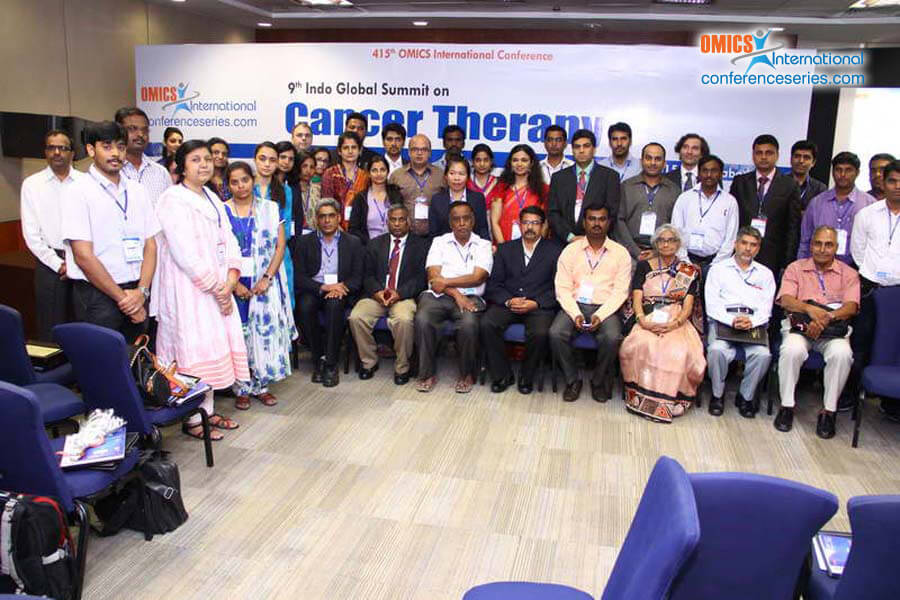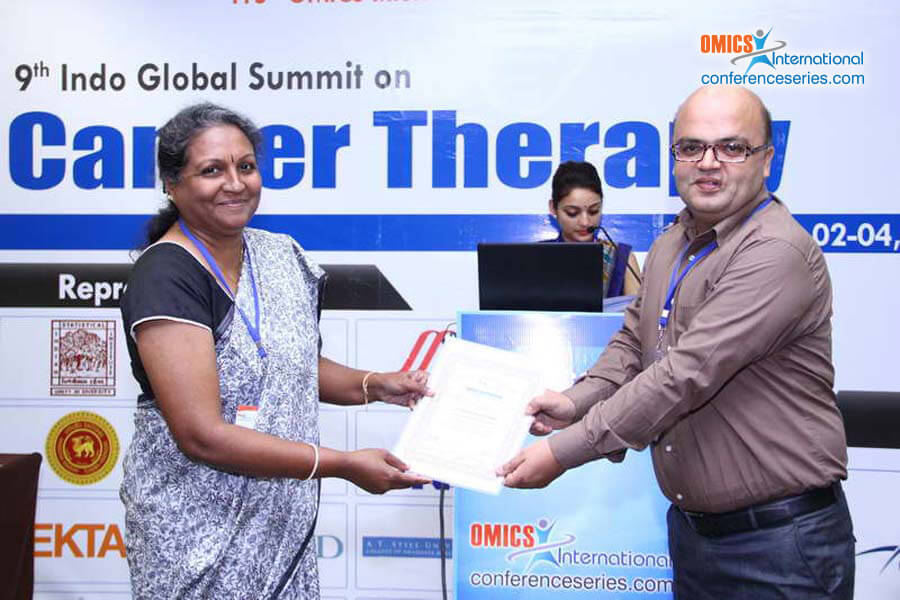
Nasir Ahmad Salati
Dr Z.A.Dental College A.M.U., India
Title: Usefulness Of Special Stains As Diagnostic Tool in Potentially Malignant and Malignant Lesions of Oral Cavity-A Review
Biography
Biography: Nasir Ahmad Salati
Abstract
PMNs starts as an epithelial dysplasia, characterized by an altered proliferation of squamous dysplastic cells of the epithelial surface stratum (Potentially Malignant) It progresses to degrade the subepithelial basement membrane, generating a local destruction and early invasion (Malignant stage). Local invasion of the underlying connective tissue occurs through islets and cords of epithelial cells & Metastasis (Progression of Malignancy). Squamous cell carcinoma of the oral cavity (OSCC) is one of the ten most common tumors affecting the human population. Continued population growth and aging have contributed to the increase in this type of pathology, making it an important public health problem. It starts as an epithelial dysplasia and is characterized by an altered proliferation of squamous dysplastic cells of the epithelial surface stratum. It progresses to degrade the subepithelial basement membrane generating a local destruction and distant invasion through the process of metastasis . Local invasion of the underlying connective tissue occurs through islets and cords of epithelial cells. Interaction between tumor cells and extracellular matrix (ECM) components is essential for tumor growth and for the onset of cell spreading and subsequent metastatic activity. The basal lamina, a physicochemical barrier to tumor invasion, plays a fundamental role in the processes described above. It is a highly specialized structure, consisting of a set of molecules with different sensitivity to proteolytic degradation. Its components are synthesized and secreted by epithelial cells and connective tissue. They form a dense network of collagen IV and other macromolecular components such as proteoglycans, glycoproteins, and glycosaminoglycans as well as laminin, fibronectin, and tenascins. Collagen IV is one of the most affected molecule, its degradation during tumor invasion is mediated by metalloproteinases secreted by neoplastic cells. In advanced stages of invasion or in lesions with a greater degree ofmalignancy, the capacity of degradation is further increased associating the discontinuity of the basal lamina with an increased probability of metastasis and a poor. The interactions between the neoplastic cells and components of the ECM in the surrounding connective tissue as well as changes the basement membrane influences tumor behavior during the invasion process . Once fully or partially degraded the basal lamina, neoplastic cells interacts with the ECM of connective tissue, in which collagen I is disorganized, facilitating in that way the tumor invasion. Role of special stains Keratins are the most abundant proteins and are characteristic findings in many epithelial pathologies, making it a diagnostically important marker Unusual keratinisation is found in potentially malignant & malignant lesions Since, immunohistochemistry is an expensive diagnostic tool, special stains to detect the degree of keratinization serve as a faster and economic option. The basement membrane, a physicochemical barrier to tumor invasion, plays a fundamental role in the processes described above. Its components are synthesized and secreted by epithelial cells and connective tissue. They form a dense network of collagen IV and other macromolecular components such as proteoglycans, glycoproteins, and glycosaminoglycans as well as laminin, fibronectin, and tenasin Various special stains reveal the integrity of basal lamina in Oral Potential Malignant Disorders. Oral squamous cell carcinoma (OSCC) is one of the most common cancers affecting the human population, Tumor pathogenesis implies a multistep process in which cells acquire features that enable them to become tumorigenic and ultimately malignant Special stains reveal nature of collagen & elastic fibres, Basal lamina in epithelium & tumor islands of Oral Malignancies. This article discusses the role of Special Stains like Ayoub-Shklar, Modified PAP stain, Massons Trichrome, Martius Scarlet Blue, Picrosirius Red Stain & Verhoffs stain in diagnosing Oral Premalignant and Malignant disorders.



